Bubble UK: Behind The Scenes of Future Duck With Cope & Dalton
Ever wondered how your favourite webtoons come together? We asked Cope and Dalton for breakdown of how one of their series’ finds its way onto our screens and here’s what they had to say.
As one of our favourite Hu Ha toons finished recently we asked its creators, Cope and Dalton to walk us through the behind the scenes action of the aquatic terminator’s tale.
I started with a few questions to the duo, let’s say hello to Paul Cope and Henry Dalton.
Vic: Hello there, we love FutureDuck, Have you guys worked together long? Was for Future Duck your first venture or have you guys collaborated before?
Henry Dalton: “I first met Paul when we were both at University down in Bournemouth – he was doing the Interactive Media course and I was on TV Production. I think we were both getting a bit frustrated with the courses that we were on, and both wanted to get involved in the on-campus Uni student TV station – so we first met at a meeting for that. I had an old videocamera from back in schooldays (where I would essentially remake the all-time Arnie classic ‘Commando’ over and over again on the local heathland with teenagers armed with an arsenal of increasingly unconvincing plastic guns), and so me and Paul and a few mates decided to make a ‘pub and club guide’ for the area – which was pretty much an excuse to go around getting drunk and filming ourselves talking random nonsense. (I’d then edit it together on an archaic version of Premiere in my student house.) The following year I found myself ending up spending 90% of my time crashed over at his student place on an ingeniously uncomfortable pull-out chest-of-drawers-bed and again we found ourselves getting drunk with mates and filming ourselves talking random nonsense. After a while we realised that this state of affairs wasn’t as productive as it could be, and so the year after that we got a shared student house together with the mates, so we could all be permanently drunk, permanently talking nonsense and never have to worry about leaving the house at all.”
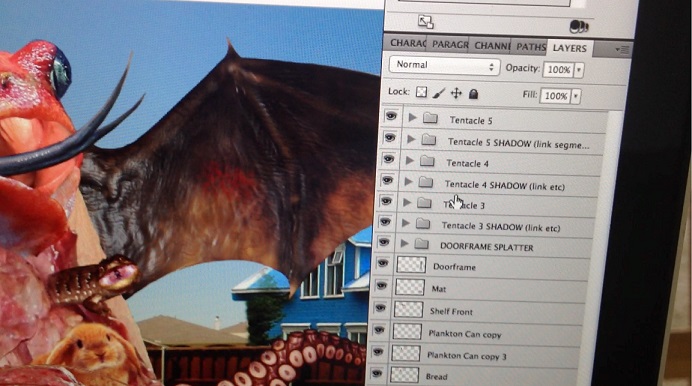
“After Uni I fannied about making some TV shows from the middle of a field in an unmappable part of Devon while Paul was busy making hard-house karaeoke exercise videos in Rotherham. Very little nonsense was talked. Then we both moved to London, realised that it’s rather a big place and that we were the only people we really knew there except for the Queen, so we got another shared flat (the Queen declined the invite) and decided to start writing comedy thingies together properly. We wrote a few so-so sketches for some live shows, wrote a few awful rejected sketches for some TV shows, and then one day the directors of one of the live shows that we’d done some stuff for, who also happened to work at BBC Online, asked if we could make some sketches for them. They asked if we could develop a style that could make quick-turnaround, cheap topical content. So we started putting animations into our stuff – really just self-teaching and evolving what we were doing as it went. And because we came from a bit of a mixed-bag background of filmmaking, we’d also mix that up with live action filmed sketches, edited video mashups (like our ‘Alan’s Breakdown’ Apprentice sketch or our ‘Top 10 Masterchef Innuendos’ vids), and anything else we fancied having a go at really. We decided to call ourselves CopeandDalton because of my surname, Dalton, and Paul’s surname, Copeand.”
Paul Cope: “Yeah, it was doing the ‘Pub and Club Guide’ that started everything really. I wasn’t happy with the course I was doing or what I was being taught and basically mentally checked out of it after the first six months. But hey, I was still spending money and racking up debts so thought I should focus my efforts elsewhere…. That place turned out to be down the pub, with a camera… It all just kind of went from there.”

“After uni we went our separate ways but stayed in touch, and when he ended up living together in London some years later, that’s when we decided to team up and try to make something original together, not just filmed piss-ups with a loose structure. Avatar had just come out, and we’re both massive films fans (all our stuff ends up littered with movie references) so we thought what with James Cameron being the box-office bothering cash factory that he is, we should make a sketch about that and see if we can create some laughs. Thus, our first proper (and shit) animation was born, ‘AVATARTANIC’. Looking back on that now it’s crazy how much the style has evolved since that first foray.. but that’s a good thing. Onwards and upwards and all that.”
Oh, and just so there is NO CONFUSION. My surname is ‘Cope’ not ‘Copeand’. Also, I should clear up that Henry’s last name is spelled A-R-S-E-B-I-S-C-U-I-T-S just for the record.”

Vic: Biscuits with an S, got it. So, when did you decide animation was definitely the career for you?
Henry:” As I said, I started making films back at school – I got a mini DV camera for my birthday when I was about 15, and a copy of Premiere a few years after that for editing, and would make short films that became increasingly ambitious while maintaining the exact same level of rubbishness – generally with whoever I could rope into sticking around after school. All that culminated in an hour-long action movie epic that cast pretty much my whole year group, took 12 months to make and is now more or less utterly unwatchable. I spent Uni making a lot of black comedy shorts to try to get into festivals and feel all proper and that, and then was lucky enough to step out of Uni and into a job editing the show Wainwright Walks for the BBC, which was a great opportunity at the time but also unfortunately completely away from anything I was interested in (typical episode synopsis: Julia Bradbury walks to the top of a lovely hill. Julia Bradbury says “ooh, what a lovely hill”. Roll credits. Repeat for five series.) After that I tried my hand at a few different things, including making adverts for Lush Cosmetics and writing a failed sitcom pilot, before I started making sketches with Paul. I now juggle doing that with freelance TV work – I like all areas of production, and do one or a combination of writing, producing, editing and unit directing forJames May’s Man Lab, Toy Stories, and most recently a Top Gear special which I’m currently working on. I’m hoping that one day I’ll finally be able to blend the two and just make our own silly guff full time.”
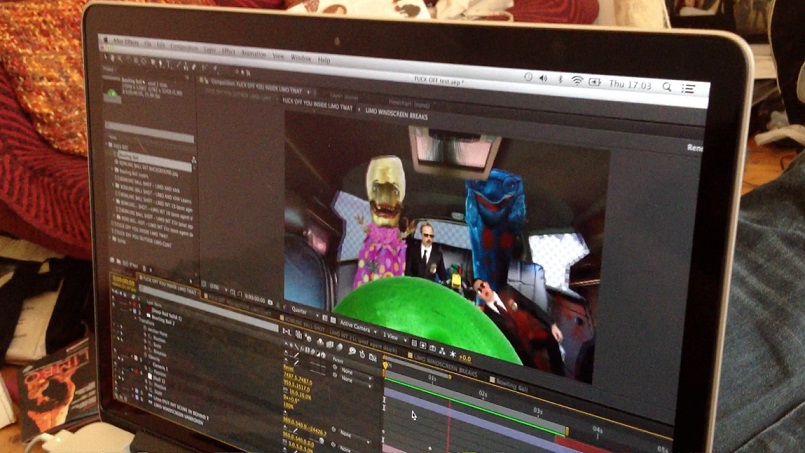
Paul: “(I) Studied Interactive Media Production at Bournemouth Uni (graduated in 2005) but as I say, not sure that degree has done a massive amount for me really. Like Henry, I made a lot of films when I was a kid, as I’m sure anyone of our generation did who had an interest in this kind of thing. MiniDV cameras were becoming commonplace and making films of any caliber was now becoming a relatively simple process- if you had enough inclination to do it that is.
After uni I went to work for a company in my hometown of Rotherham called “The Music Factory Entertainment Group” where I animated a lot of karaoke DVD menus and did other even more thrilling jobs than that. Their sister company Tidy Trax however (a hard house music label) was a lot more fun, and that was where I really started to experiment and to enjoy creating original comedy content and just general weird, trippy ass shit. You can make literally anything entertaining to someone who is strung out on ketamine, and I used that very tolerant audience to my advantage to test things out. Thus instant comedy classics just as “Bath Time With John Bathhorse” (an interview with a stubborn horse who only ever wants to have a lovely bath) came to fruition. He’ll end up in something some day. Maybe he could be Future Duck’s neighbour? Hmm.. Maybe not.”

” I’ll keep the CV stuff down to a minimum as I think Henry’s answer sounds like he’s applying for a job interview with you, but I do a mixture of jobs (writing / producing / editing / animating) for both telly and online, these days mainly with a focus on comedy, which is pretty much the dream. If we can sort it so we’re doing CopeandDalton stuff full time then well, that would suit me down to the ground. We just need to be able to afford it. Can we have some of your money? Just a bit. Just the change you have in your pocket would be great. Thanks.”
V: I um, sorry, I don’t have pockets…**Cough cough** So what inspired Future Duck, how did he come into the world?
Henry: “For a while myself, and I think Paul too had been wanting to make longer-form content – a film or a series of some kind. I’d been through the process of writing a sitcom pilot, and found it frustrating that you can go through all the effort of getting a script finished, and then inevitably never see it happen because a production company or a channel will get cold feet, or just plain won’t like it, or get distracted by a squirrel or something.
We’d done a few sketches with our fledgling animation style, and in its own handmade-y way it’d really evolved from our first attempts with it. It also had the added bonus of letting us be able to make pretty much whatever we wanted, on any topic, on any scale, without having to worry about the pitching process, or making sets, or hiring crew, or acres of equipment or Winnebago trailers with fresh fruit baskets or anything like that. We could just get on with it, rather like I’m not doing now.
I think that thought had been bubbling away for a while – and then we got asked if we’d develop an online series with recurring characters (to begin with it we were asked by The Poke, and then later by Channel Flip). So over a few (many) pints up at Alexandra Palace, we came up with four separate ideas for web serieses(es). The first was called ‘Future Duck’ and was inspired by a really random fake advert in a short 24-hour film challenge that Paul had made a few years back; he needed a stupid product to be advertised, and I suggested ‘Future Duck’, which he turned into a very funny quick sting in the film (the jingle went something like “FUTURE! DUCK! FUTURE DUCK! YEAH!” – and in fact originally we were going to call the series “FUTUREDUCK! YEAH!” in the first few drafts, but it’s funny how having to repeatedly say ‘Yeah!’ enthusiastically every time you want to say the title really saps your enthusiasm).
Anyway, the second idea was about a Whale that was the first fish (ok, mammal) to start evolving legs again, after it first happened millions of years ago – and how he tries to fit into society. The third idea was for a dinosaur that’d been thawed out in present times (you can see where this is going…) and the fourth was about a piece of toast that became sentient after the first attempts at genetic modification (we later changed him to a Muffin after seeing that a show that a few of our friends make, The Amazing World of Gumball, already had a supporting character who was a piece of toast. Bastards.).
So, we stumbled down the hill from Ally Pally thinking that none of those four ideas on their own seemed to have enough to them to make a series that could really sustain (or potentially expand to a full half-hour show), so rather than coming up with something, y’know, better, we decided to see what would happen if we just bashed them all together and put them all in a flat. Job done.”
Paul: “As Henry says, it was a combination of things. The actual show ended up being a culmination of several different sitcom ideas that didn’t have strong enough (whale) legs to really stand on their own (whale) feet… So smashing them all together into one big pot of weird awesomeness seemed like a good plan… I think it still is.
But yeah- the original title came out of me doing the London 48hr Sci-Fi Film Challenge. I was doing some contrived load of shit about a man with voices in his head.. every filmmaker makes one of those eventually as you realise that you want your protagonist to suffer, but can’t afford any special effects, so you give him a really bad fucking headache to make up for it. Anyway, I rang Henry cos I needed a show to be on the telly that the character could turn off. He suggested ‘Future Duck’, I loved it, made a very quick title sequence (it went ‘Future. Duck. FUTUREDUCK! – YEAH!’) and then I finished the film and thought nothing more of it. Over the following months (maybe years?!!) I couldn’t quite shake the title, I just loved it. One day, the right time came (we were in the pub again- discussing ideas) and we threw it out there and said “what can we do with this title”? I guess we figured if we can’t forget it, maybe the audience won’t be able to either? Plus, ducks are fucking funny dude.”
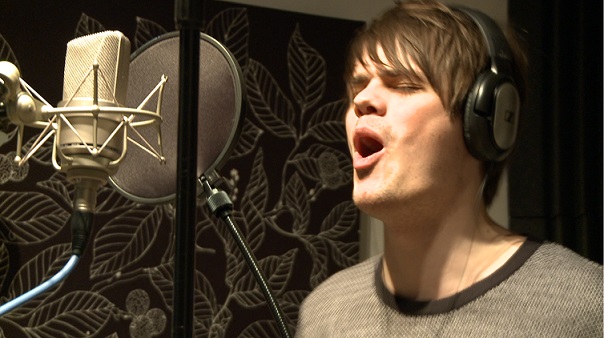
Vic: Ducks are funny aren’t they? I’ve seen them be quite violent to but that’s another story….What animation programme do you use on Future Duck?
Henry: “We use a combination of photoshop, aftereffects, final cut and shouting.”
Paul: “I concur.”
How is Future Duck made, who does what on the show?
Henry: “Our typical process for Future Duck really evolved over the course of making them – we were both doing this for the first time, and so we got faster and more streamlined as we went along. But the process that we ended up with goes something like this….
To start with, we’ll both come up with episode ideas, and bash them back and forth until we have a rough synopsis. Then we’ll get into writing the scripts proper – we’ll usually take turns in doing several drafts, before meeting up to ‘animatedly discuss’ any sticking points, generally with the aid of a large stick and/or a brick. Once we’ve got a script we’re happy with, we’ll get the actors in to record it – and often end up improvising lines and changing things around further, rendering all that time hitting each other with bricks pointless. It’s all a very homebrew, guerilla-style production – All the voice recordings (and everything else actually) are done from our bedrooms – I’ve got a basic microphone setup (it’s not even my mic, it’s borrowed off Sam who plays Futureduck!) that we record all vocals (or duck calls!) on. Then we choose the best takes and make an audio assembly of the ep.”

“If there’s a song in the episode, like the theme song, or the Whale or Muffin numbers, I’ll work out the tune for those on my piano and then back-and-forth with our lovely composer Alex Cornish to come up with arrangements for the actors to sing to).
While all that’s happening I’m making the artwork – the characters, backgrounds etc – in Photoshop. The style for Future Duck is one that we developed ourselves, by looking at things like Terry Gilliam and South Park and then applying an artistic process known as ‘stealing’*.(*Remember this process kids, take a note of it: S-T-E-A-L-I-I-N-G, Vic)
So basically the idea is that I’ll take lots of source photo elements and then photomanipulate them to look like they all exist together and don’t look too randomly stuck on – so, say, taking a photo of a duck and then a photo of a red bit of glass and one of a bin lid and one of a swan’s testicle and making Futureduck’s eye visor out of that, or whatever. That can prove tricky in itself, but we then decided to make things extra tough for ourselves this time by having the characters (and environments) able to face in different angles – so now not only do you have to find that duck photo, you have to find another one of a duck that looks the same as the first duck, but this time from the front, back, side, half-side, and all the rest of it – and then do all that collaging and photomanipulation again for each angle. So it can be a bit of a brain-melter and quite fiddly, but it’s still much faster (and way cheaper) than doing traditional hand-drawn animation. I think it also suits us, as we’re very much self-taught, and we know our stuff isn’t Studio Ghibli or anything, so it fits that handmade feel of the way we work. As a side note, we tried to play to the strengths of this photomanip style when working out the show – humans can look a bit odd, and mouths tend to be of the ‘flap up and down’ variety – so a lot of the main characters are animals with beaks or simple jaws, and any humans can be seen from this outsider animal perspective (so are allowed to look a bit weird)!
So once the artwork’s done, I’ll put together what we started calling the ‘jpeg assembly’ – essentially making a still-frame storyboard version of the episode in Final Cut, set to the audio assembly. So I’ll try as much as possible to make rough still frames of the ep in Photoshop – putting the models in the backgrounds, moving them about and then saving them as stills. Those stills will then go onto the audio assembly, and at that stage I’ll add in music and sound FX so that we can decide on tone, timing, etc as much as possible before Paul starts animating.”
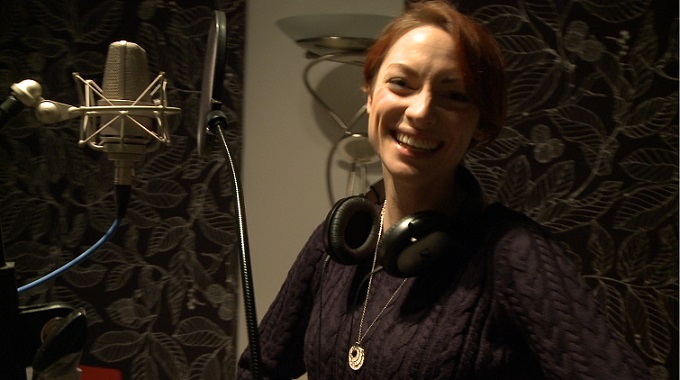
“Once we’re both happy with the Jpeg Assembly, it all gets handed over to Paul who takes all the characters, scenes and backgrounds and animates them using After Effects. I know next to nothing about After Effects so I won’t even try to explain that bit. But at the end of that, we have a rough cut of the episode that we put back into Final Cut, and I’ll do a final sound mix and add any remaining audio FX work. We’ll then look at the whole thingagain, really pick it to pieces and decide what’s working and what isn’t – and if necessary, rework animations, or artwork, or even re-record lines entirely. Usually somewhere in between tweak number twelve thousand and death we end up happy with it and put it out.”
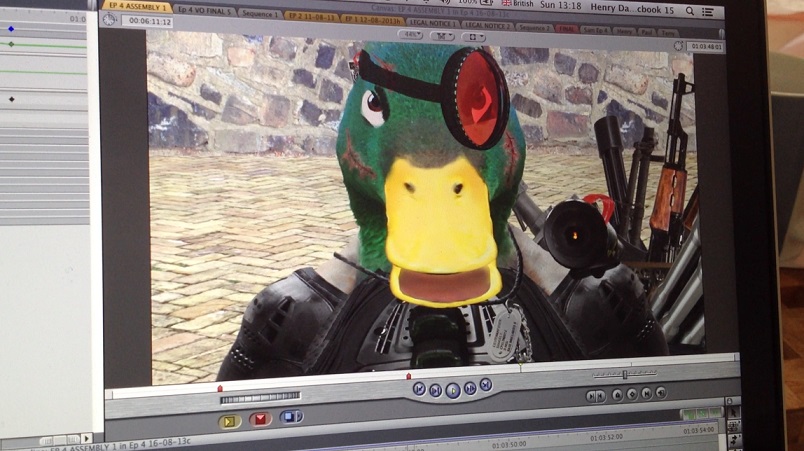
Paul : “I would say that whoever is available will do the JPEG assembly, but yeah, once we have that I’ll bring all the assets in to AE and then try to build the thing. I’ll usually start with preparing the characters so they are ready to animate by setting all the anchor points, giving them neutral expressions and linking all the various layers to their respective parents (the ankle layer bone is connected to the leg layer bone, the leg layer bone is connected to the upper leg layer bone, and so on…) and then once all of it is linked I’ll bring in the jpeg assembly as a guide and then start working on how I can build on that and take it up another level again. I divide the scripts up in to scenes and then tackle one scene at a time (trying to do one episode as one file would never work as each script had an average of around 15 scenes) and then it’s just a matter of patience, persistence and more patience. Animating is a very long, very arduous process, and while very rewarding to see what you’ve done play back in real time at the end, it can be very taxing to get it to that stage. Anyone reading this who is an animator and is currently banging their head against a desk somewhere, or taking a break to ease their frustration, you have my sympathies. My thoughts go out to you and your long suffering friends and family. *Internet cuddle*”

Vic: I’m sure many budding animators would appreciate that cuddle, it sounds like a tiring, and sometimes, frustrating process! How long does each episode take to make?
Henry: “Oh man… A lot longer than we thought it would!! We first came up with the idea for the show back in March 2012, and then tinkered with scripts, rough artwork and ideas in our spare time until around June that year. We started off planning to do four episodes – the ‘making a dinosaur’ one, the charity one, the Muffin song and the fridge one – but then got asked to double the number of episodes, which really helped us to flesh out both the characters and the world around them, but did more than double the workload! So by June 2012, we’d written the first four eps and come up with some concept art. We really got stuck into it in January 2013, and figured we’d be done by about April. It ended up taking until mid October!! It’s one of those things where comparatively the animation is simple, quick, and cheap – certainly compared to something like The Simpsons or even South Park – but when you don’t have some big animation team, and you’re trying and do everything with just the two of you on a couple of macbooks in your bedrooms with no other resources… it made it such an ambitious project – right from the bare bones of developing an animation style, through to writing scripts, composing music, creating artwork, doing more complex animation than we’d ever tried… and try to keep it hitting this standard of detail and complexity that we’d imposed upon ourselves – it was really fun, don’t get me wrong, but it was definitely a lot of work! Our rule of thumb was that we really wanted to make a ‘show’, and not just an ‘internet sketch’ – or at least what we considered a bad one, something that doesn’t have any depth to the characters or story, or spends its four-minute running time just setting up one joke. So yeah, we really wanted to push ourselves with each episode – and ended up just doing seven-day weeks on the thing, day and night, for months… it got pretty insane.”

Paul : “Difficult to say, but after working out how to make this show while doing the first series I reckon we could probably turn an ep around in about a month now. Would be tight, but I reckon we could do it. Yeah, we’d smash it – easy. Don’t tell Henry that though, he might disagree.”
Here then, for those of you who haven’t seen it is the final episode of FutureDuck:
Thanks guys for an awesome peek behind the scenes of one of Hu Ha’s best series of the year. Cope and Dalton will be back in December when Paul produces a show on Channel Four called Mashed featuring animations and comedy sketches from the cream of the internet crop, including an animation by the duo, of course! More on that soon.
I have also uploaded some Future Duck wallpapers here for those of you who’d like some animated mayhem for a screensaver, how cool is that?

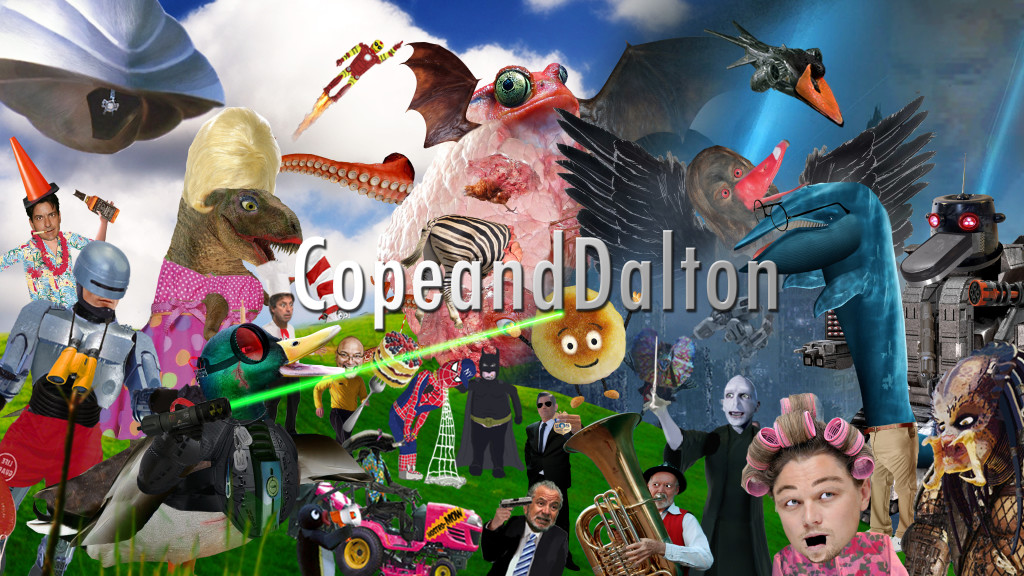
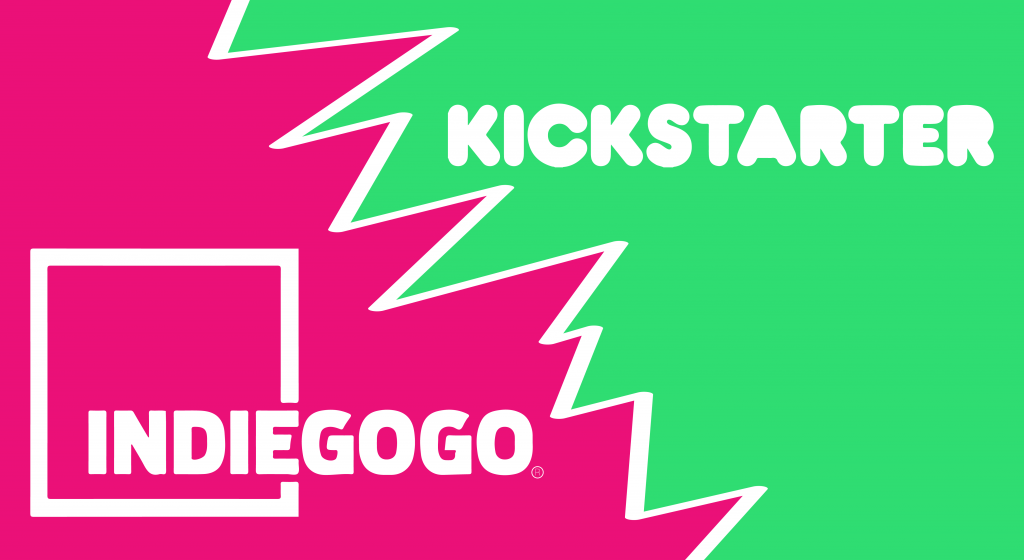

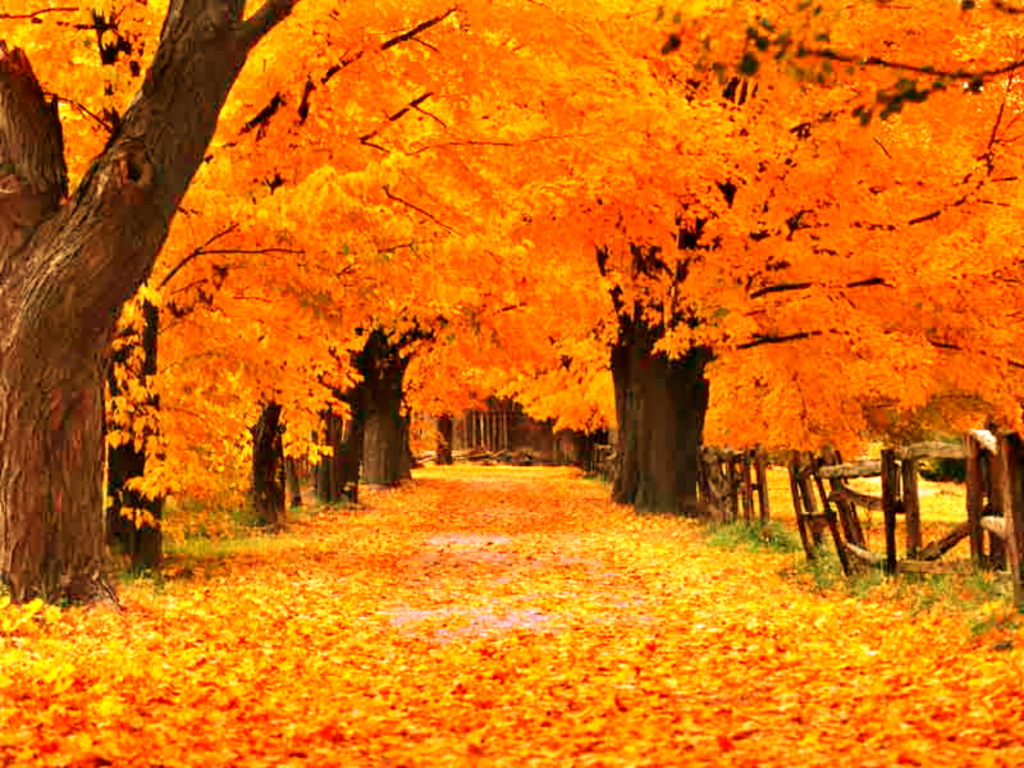


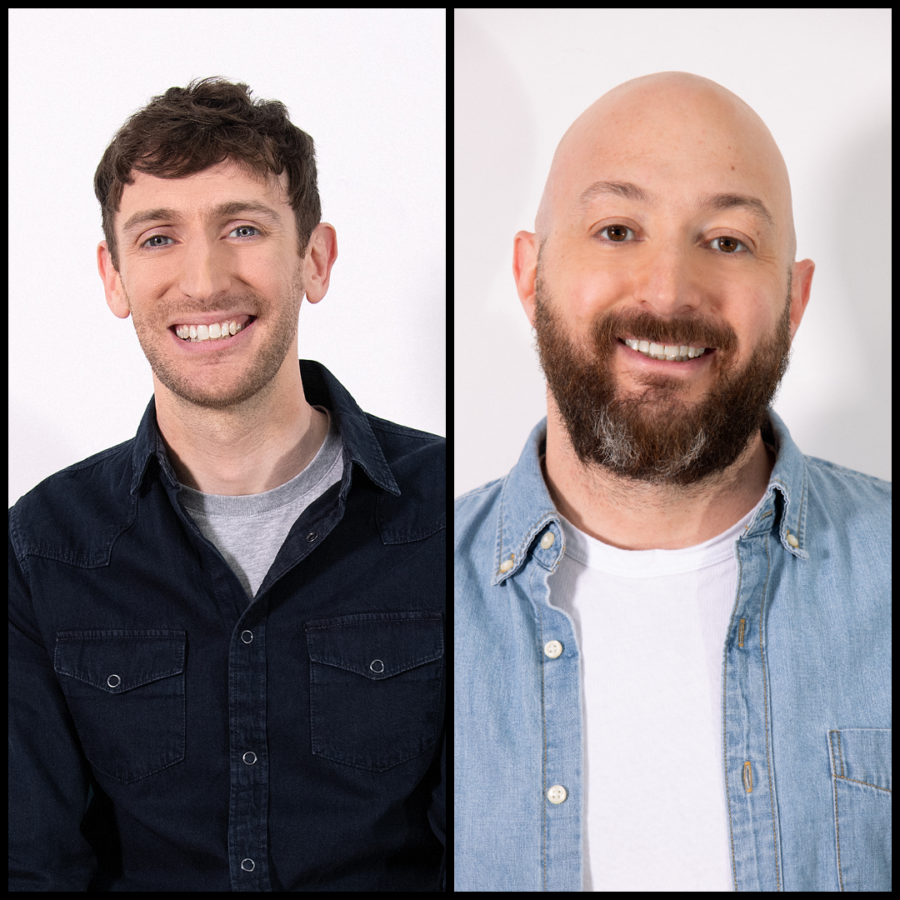














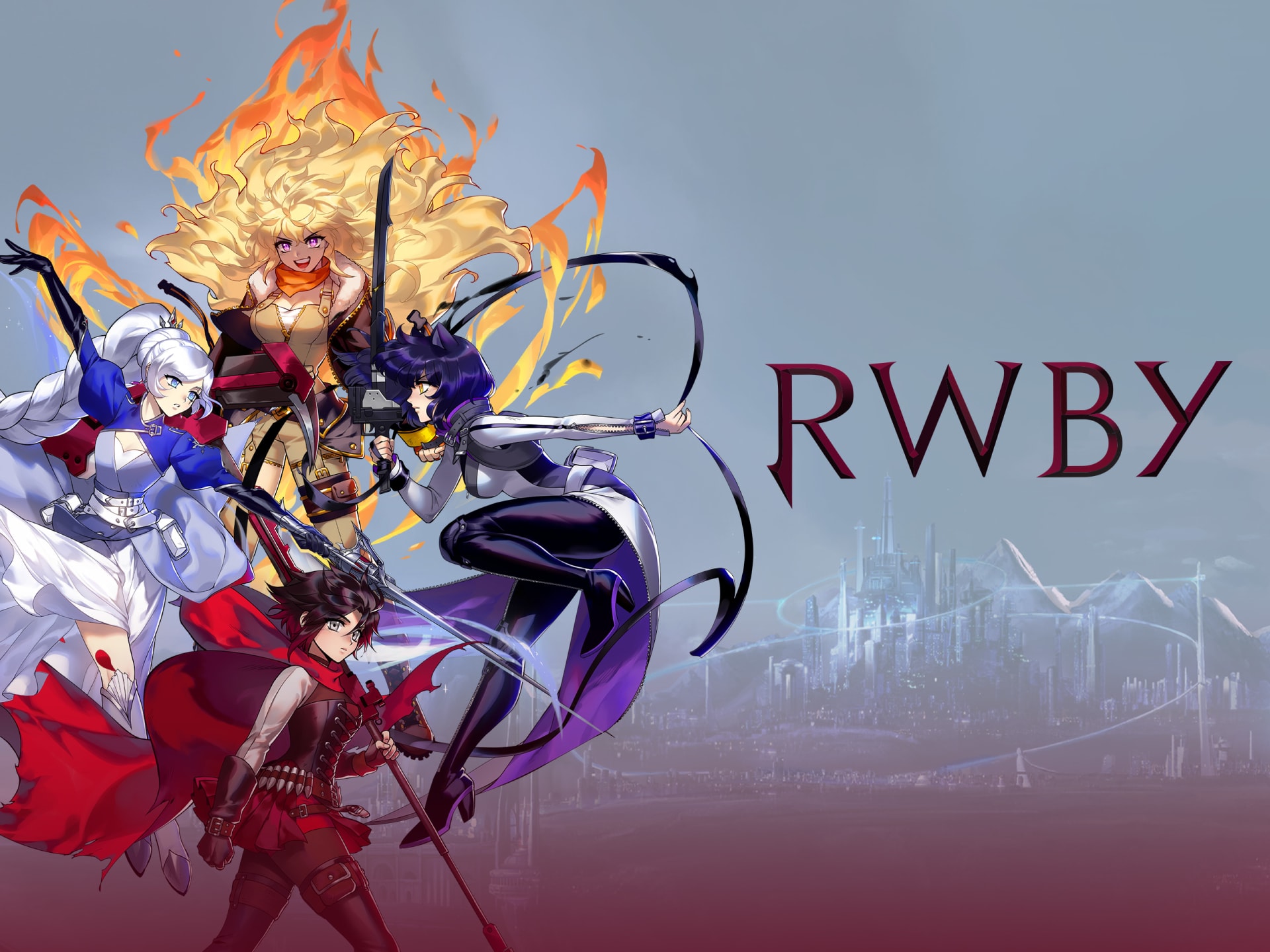




Do we know if Hulu will be the only entity to have the dub, or if it will be on other platforms, too? The show in general is definitely going to be on multiple platforms.